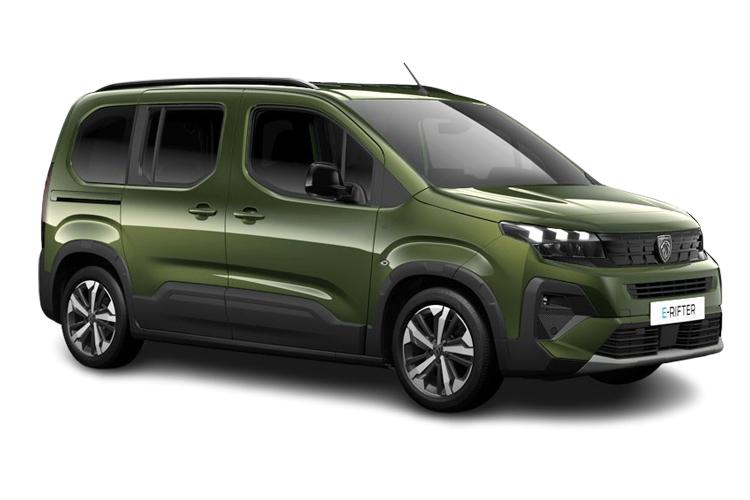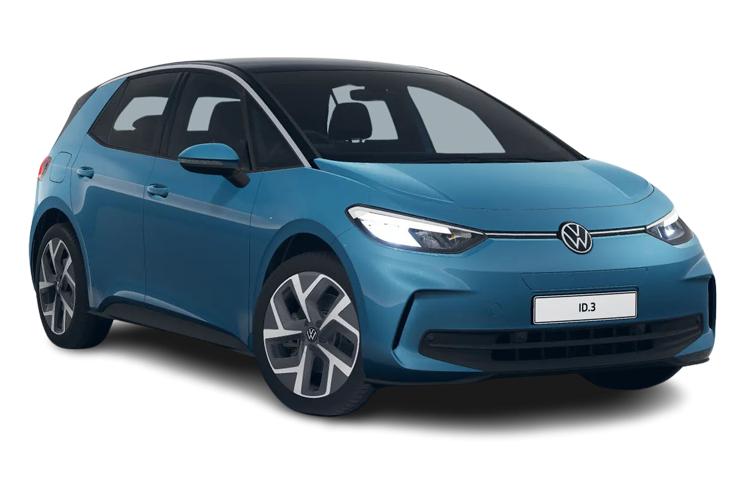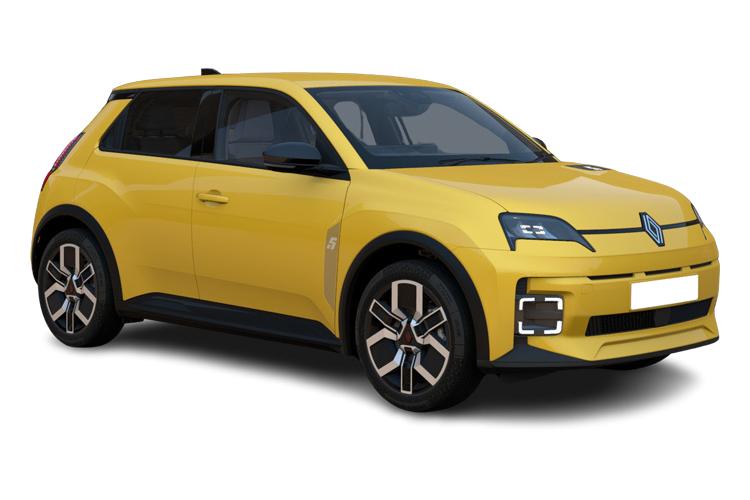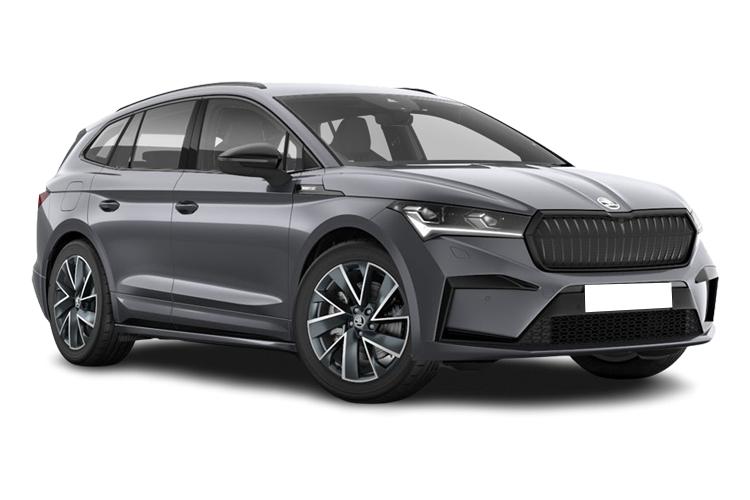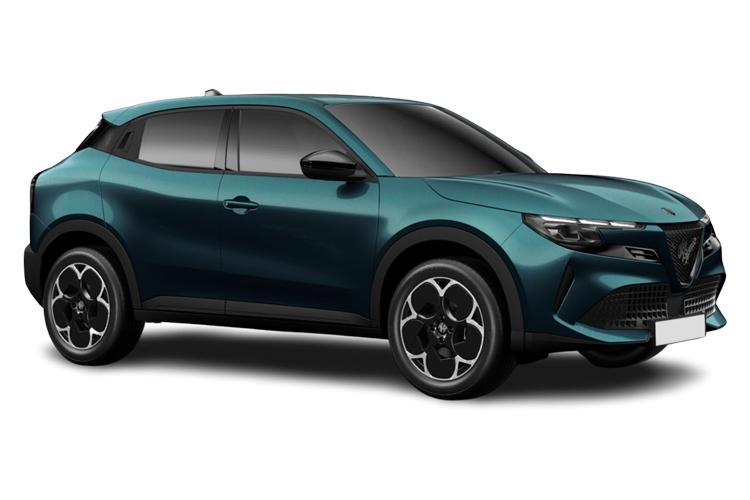Why opt for an electric car lease?
Electric vehicles are usually more expensive than the equivalent diesel or petrol vehicles. However, leasing reduces the cost of driving a greener vehicle and enables you to take advantage of the many other benefits of a greener car, including:
· Drive the latest technology
· Hassle-free motoring
· Lower fuel bills, especially with 100% electric vehicles
· Lower initial and monthly costs
· No risk of depreciation
· Reduced on-road running costs
· Save up to 40% off your lease payments via a Salary Sacrifice scheme
· Tax incentives, e.g. 1% Benefit in Kind (BiK) tax in 2021/22
Frequently Asked Questions
Dedicated charging points allow you to charge your car safely and faster. If you have access to off-street parking, you can have a dedicated charging point installed in your external wall or garage. Government grants enable you to reduce the cost of installing a charging point by £350.
You can charge your car without a dedicated charging point. It is possible to use a basic three-pin socket as you would your washing machine or TV. It is worth remembering that charging this way is much slower and is not as secure as a professionally installed charging point.
Most drivers charge their cars overnight at home using a dedicated EV charging point. Tariffs tend to be cheaper overnight, making the most of your fuel savings. If you don't have a suitable place to charge your car at home, you can use public charging points.
There are plenty of places where you can top up your EV. New charging points are being installed in hotels, car parks, shopping centres, gyms, and supermarkets. Some of these charging points are free, while others require payment based on how long you leave your car to charge.
Where your journey is longer than the range of your car, you can charge at a service station. Charging points at service stations tend to be 'rapid chargers' getting you back on the road in less than 45 minutes. Different national networks run these stations, including Tesla, Instavolt, and Osprey. Most access contactless payment, so the entire process is straightforward. The Zap Map shows your nearest public charging points.
The battery in most modern electric cars will outlast the car's useful lifetime. The battery will experience some degradation over time, reducing the maximum range your car can achieve after a few years.
Needing to replace the battery in an electric car is a serious issue. Thankfully it is also extremely rare. The best way to completely avoid the cost and complication of replacement batteries is to lease a brand new electric car. Our vehicle contracts include the manufacturer's full warranty — warranties on electric car batteries last eight years. So, if the worse did happen you would be covered under the warranty and there would be no costs involved in replacing the battery.
Leasing your green vehicle is lower risk and cheaper than buying. The greener car movement is still relatively new, so it is unclear how these vehicles will hold their value. This is something you don't need to worry about when you lease. At the end of your contract, you hand your keys back and are free to select a new, greener vehicle with the latest technology and features.
Leasing your EV also means you have access to a new car with a brand new battery, reducing further the risk of critical faults. Leasing keeps you ahead of the innovation curve, so you are never left with out-of-date technology.
BEVs (fully electric cars) have a typical battery range of up to 300 miles, depending on the model. If your daily commute is around 100 miles, any modern electric car will more than meet your needs. For longer drives, travelling further than your car's maximum range, you will need to stop and charge your vehicle.
A PHEV (plug-in hybrid) can complete around the first 40 miles of a trip on battery power alone; then, the internal combustion engine takes over. You need to remember to charge your battery to make the most of your emission-free, battery only miles.
Despite recent price rises, electricity is still cheaper than diesel or petrol, so you will save money as long as you can plug in your car to charge.
To benefit from the most significant savings, you should invest in a fully electric vehicle. Their larger batteries can be filled up overnight on off-peak tariffs, which are usually much cheaper, especially if you shop around.
You save money on plug-in hybrids, but you need to be smart with your driving and remember to charge every night to make the most of your electric miles.
The savings are much smaller with a typical hybrid as you need more petrol or diesel and cannot benefit from cheaper electricity.
All vehicles, including electric and hybrid cars, are built in factories from raw materials. They all come with an embodied carbon footprint; CO2 is emitted during the manufacturing process. Battery electric cars actually have higher embodied footprints than cars with combustion engines because of the lithium-ion batteries that power electric vehicles. However, you 'repay' the carbon debt every month you drive on electricity rather than diesel or petrol.
Once the carbon deficit is paid back, your EV is much more environmentally friendly than a diesel or petrol car. You can speed up the repayment of the embodied carbon by opting to use electricity from renewable energy sources to charge your vehicle

